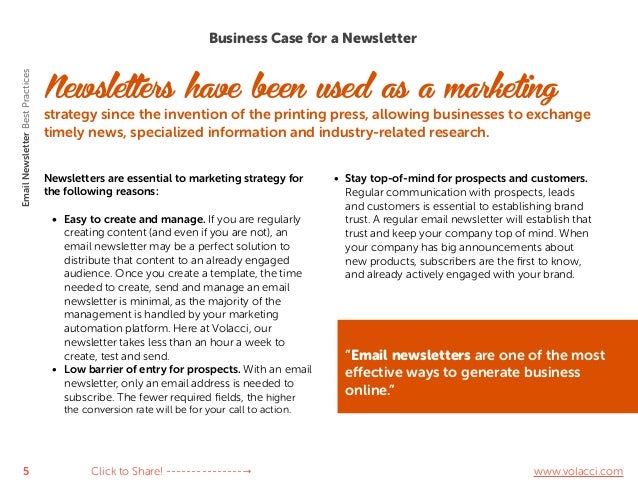
Conclusion: Creative newsletter design utilizes visuals and skimmable content You will have tried usability testing on websites, but A/B testing emails is crucial to learning what strikes a chord with your audience.ĭo they prefer longer newsletters? Are there particular sections that are getting more clicks? Are there sections that are being ignored? Should the CTA be on top or below the fold?īy testing multiple variations of your newsletter, you can unlock the best design that encourages users to open your emails and click through to your site. There are numerous benefits to testing newsletters, including adjusting the design for responsiveness. How can you ensure that your email can be read clearly on multiple devices? By testing. These are the sizes for different devices, and your newsletter needs to adapt to all of them. Speaking of mobile, your newsletter design needs to be responsive. Most people view their emails on their phone so your font needs to be large enough for users to read your body copy on a small screen. For the body copy, avoid anything smaller than 16 px. Header fonts are larger-these can be 22-24 px. Once you’ve determined which fonts can be used, you need to decide on sizes. For example, handwritten fonts, like in this newsletter, are elegant and hold users’ attention. Use a mix of font styles according to what is in your brand guidelines. Find out which ones are considered safe before using them. Not all fonts are hosted by email clients. Font sizesĮmail design also includes fonts-the types and sizes you use for newsletters. The alt-text is also a crucial part of accessible design and opens up your newsletters to more diverse audiences. They won’t be tempted to click on the email or whitelist your company, as a result. If your alt text is nothing but letters and numbers, that’s what your users will see. When the images are blocked by the server or client, they appear as empty blocks with only the alt text on view. While most of the top email clients display newsletter images within the body of the email, some servers may not allow images through unless specified by the user. These also tell the user what to expect in that section, making the newsletter easier to skim. The newsletter uses headers to distinguish sections. Not only is there plenty of white space, but the text is no longer than a few lines long. Look at the email newsletter design for this Birchbox newsletter. Even with a catchy subject line and attractive visuals, your content needs to be skimmable to retain audience attention. We’ve already alluded to how many emails subscribers receive. This will make it easier to choose the right color combination for newsletters. SourceĬolors are arranged according to styles, as well as the emotions they evoke. Getting the pairing right takes some research into color psychology. You need to be mindful of brand colors but you also don’t want to be limited.ĭifferent colors call to mind different emotions. Newsletter color schemeĬolor use can be tricky in a newsletter. Use visuals that add value to your message.

Source: Venngageĭon’t include visuals just for the sake of it. These visuals can include any of the following:įor example, this email design opts for a combination of colors, geometric shapes, icons, and illustrations. We’ve mentioned the importance of keeping space for visuals in your newsletter layout design.

This newsletter could easily have been crowded but it’s not and that’s why it works.ĭon’t be afraid to pare the design back and keep it simple. The sections are clearly marked and visually distinct so the reader knows they’re reading a new story. There’s plenty of white space around the elements, making it easy to read. Why is this newsletter so striking? Because of how minimalist the design is. For example, take a look at this newsletter by Sketch. Your newsletter design doesn’t need to include every kind of visual element to attract clicks. They use a set of colors across their website, social media, and their emails that distinguishes them from other brands. One of our favorite email marketing examples is Workable’s newsletter.

How are they to distinguish your newsletter from all the others? That’s where branding comes in. Remember, subscribers receive dozens of emails in their inbox. Creating a cohesive visual brand across multiple channels helps brand recall and loyalty. Branding in newslettersīranding is a key element of content marketing. Here are eight best practices for designing newsletters that are attractive and convert. Creative newsletter design requires practice and an understanding of graphic design principles.


 0 kommentar(er)
0 kommentar(er)
